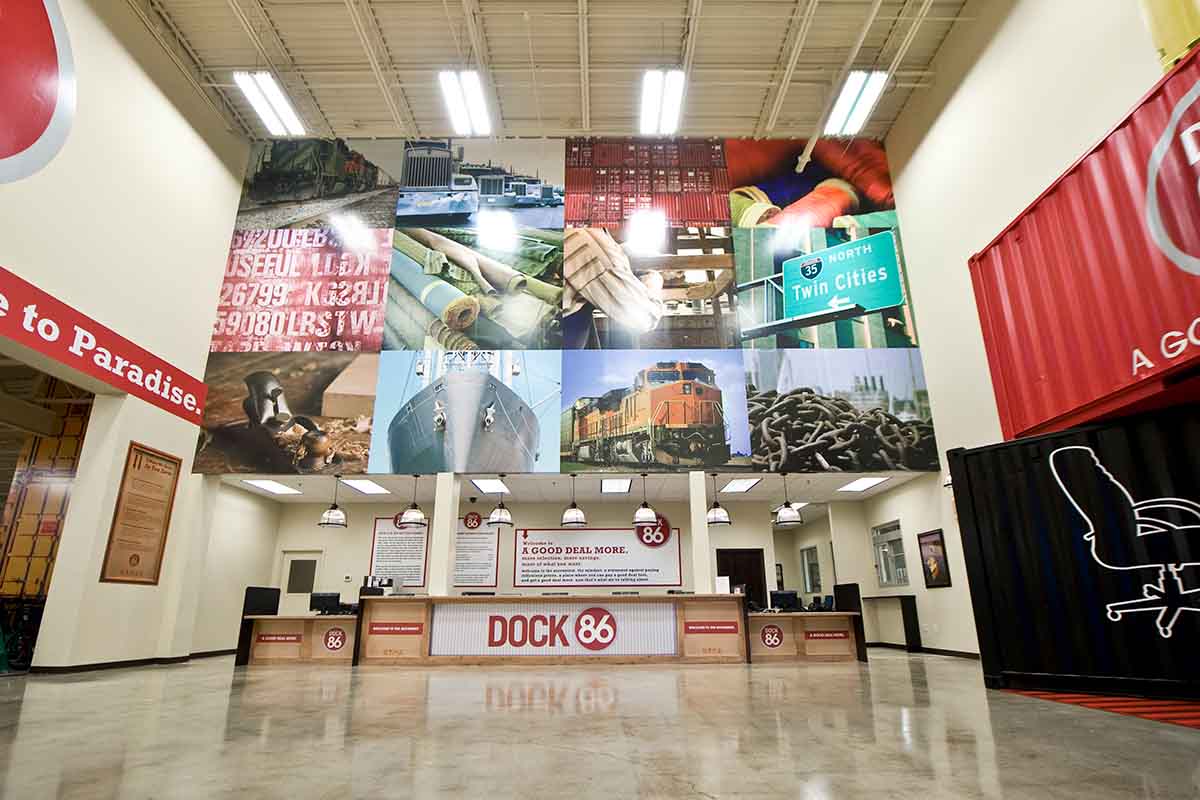Tech Tips
Prime Considerations When Adhering to Painted Surfaces

In the world of graphic advertising, understanding the surface on which you are installing your graphics can be the difference between a satisfied client and a lost one. Painted surfaces in particular present unique challenges. A graphic with an adhesive that is too low-tack may fall off. Conversely, a graphic with an overly aggressive adhesive may damage the painted surface, leading to costly repairs. The key is to understand the application surface before selecting your product.
Value and challenges of wall graphics.
Although there is substantial opportunity in the world of wall graphics, this market does present some challenges. Many of these challenges involve the painted surface to which the graphics will be adhered. For example, is the surface smooth or textured? A painted wallboard surface may behave substantially different than painted concrete block or plywood when it comes to adhering a graphic. Then there are the even more heavily textured painted surfaces, such as stucco, plaster, and masonry, whose rough surfaces may require an entirely different approach to adhesion.
The type of paint, too, should be considered. Do all brands of paint behave in the same manner? What about the question of sheen? Will paint with a flat sheen behave in the same manner as one with an eggshell finish or gloss? The composition of paint may also play a role; do oil and latex paints provide the same characteristics? All of these considerations need to be either ruled out or taken into account before applying a graphic.
Balancing needs with performance.
When considering the above challenges, some might believe that using an aggressive adhesive would solve most of the concerns. However, an overly aggressive adhesive could damage the application surface, creating aesthetic issues and the need for repair or replacement.
A low-tack adhesive can bring with it a similarly undesirable list of results. If the adhesive fails to bond to the painted surface early in the process, the graphic can fall off. Or, a graphic applied with poor wet out may adhere temporarily, only to fall off later, once the installer has left. In either case, failed adhesion to the painted surface means that the money spent on the promotional effort has been wasted, and may even require a costly second installation.
An adhesive solution.
Flexcon evaluated several different types of paints and painted surfaces in order to determine what factors have the biggest impact on adhesion. We explored both the time necessary to wait before applying a graphic to a freshly painted surface, and the adhesion of the graphic to the surface over time. The results suggest that although some concerns are valid, others present no problem when it comes to adhesion.
The data reveals that there are several elements that have minimal effect on the adhesion. Our findings indicate that there is no particular brand of paint that works better or worse than another. Likewise, our testing suggested that there is no significant adhesion difference when it comes to the sheen of the paint among those tested. So whether you are putting the graphic on a semi-gloss surface or a flat surface, there is no appreciable difference in terms of adhesion.
What matters more is the issue of drying times. Generally speaking, paints that have had less than 24 hours to dry are more susceptible to adhesive issues. However, paints that have dried for a minimum of 72 hours are generally suitable for graphics. The condition of the painted surface is also crucial.
The best solution to adhesion challenges is to anticipate them before it comes time for installation. Working with an experienced supplier like Flexcon, you can find the proper adhesive solution to meet the challenges of virtually any application surface.